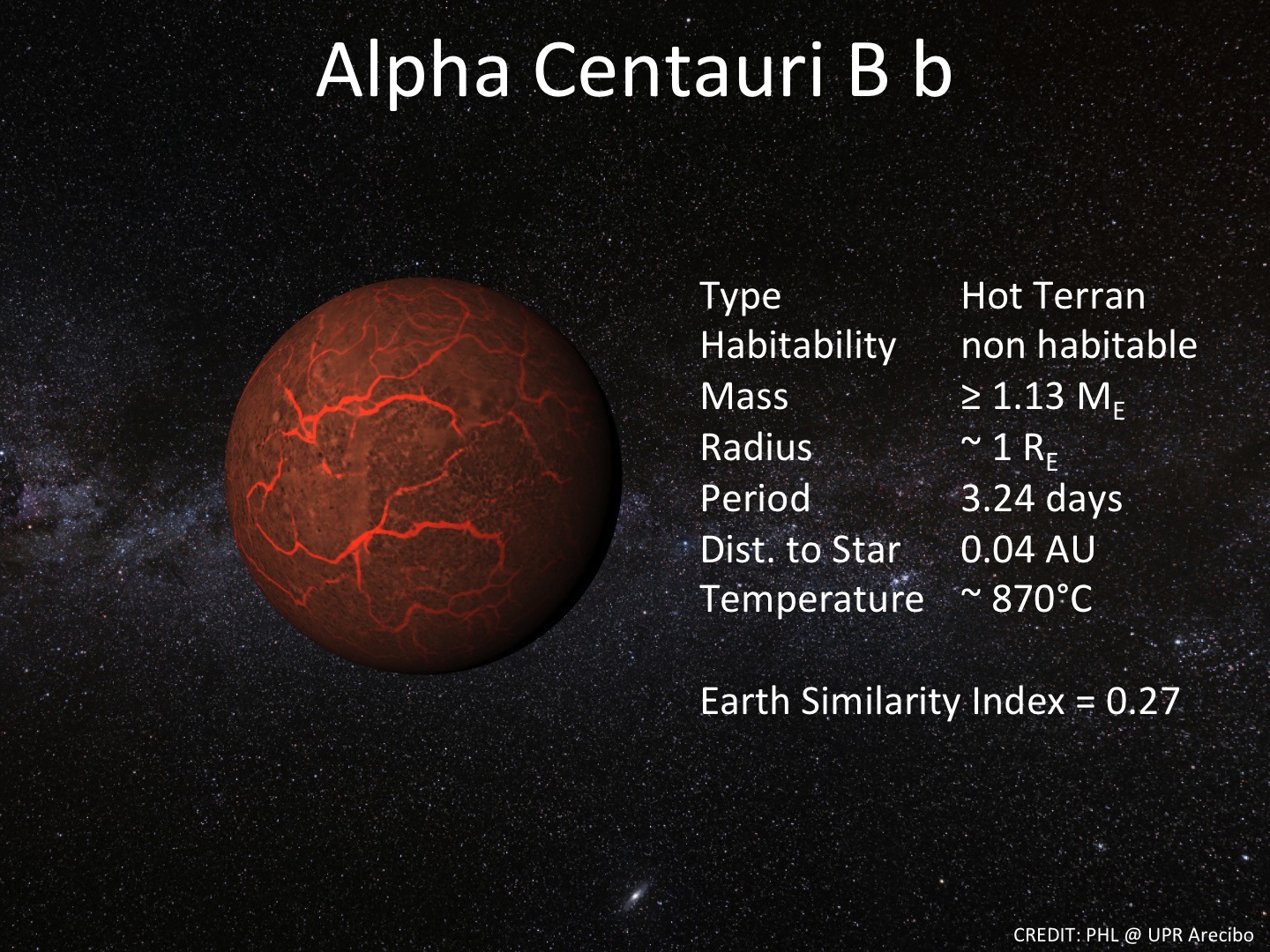The Curious Link Between the Fly-By Anomaly and the “Impossible” EmDrive Thruster
The same theory that explains the puzzling fly-by anomalies could also explain how the controversial EmDrive produces thrust.
About 10 years ago, a little-known aerospace engineer called Roger Shawyer made an extraordinary claim. Take a truncated cone, he said, bounce microwaves back and forth inside it and the result will be a thrust toward the narrow end of the cone. Voila … a revolutionary thruster capable of sending spacecraft to the planets and beyond. Shawyer called it the EmDrive.
Shawyer’s announcement was hugely controversial. The system converts one type of energy into kinetic energy, and there are plenty of other systems that do something similar. In that respect it is unremarkable.
The conceptual problems arise with momentum. The system’s total momentum increases as it begins to move. But where does this momentum come from? Shawyer had no convincing explanation, and critics said this was an obvious violation of the law of conservation of momentum.
Shawyer countered with experimental results showing the device worked as he claimed. But his critics were unimpressed. The EmDrive, they said, was equivalent to generating a thrust by standing inside a box and pushing on the sides. In other words, it was snake oil.
Since then, something interesting has happened. Various teams around the world have begun to build their own versions of the EmDrive and put them through their paces. And to everyone’s surprise, they’ve begun to reproduce Shawyer’s results. The EmDrive, it seems, really does produce thrust.
In 2012, a Chinese team said it had measured a thrust produced by its own version of the EmDrive. In 2014, an American scientist built an EmDrive and persuaded NASA to test it with positive results.
And last year, NASA conducted its own tests in a vacuum to rule out movement of air as the origin of the force. NASA, too, confirmed that the EmDrive produces a thrust. In total, six independent experiments have backed Shawyer’s original claims.
That leaves an important puzzle—how to explain the seeming violation of conservation of momentum.
Today we get an answer of sorts thanks to the work of Mike McCulloch at Plymouth University in the U.K. McCulloch’s explanation is based on a new theory of inertia that makes startling predictions about the way objects move under very small accelerations.
First some background. Inertia is the resistance of all massive objects to changes in motion or accelerations. In modern physics, inertia is treated as a fundamental property of massive objects subjected to an acceleration. Indeed, mass can be thought of as a measure of inertia. But why inertia exists at all has puzzled scientists for centuries.
McCulloch’s idea is that inertia arises from an effect predicted by general relativity called Unruh radiation. This is the notion that an accelerating object experiences black body radiation. In other words, the universe warms up when you accelerate.
According to McCulloch, inertia is simply the pressure the Unruh radiation exerts on an accelerating body.
That’s hard to test at the accelerations we normally observe on Earth. But things get interesting when the accelerations involved are smaller and the wavelength of Unruh radiation gets larger.
At very small accelerations, the wavelengths become so large they can no longer fit in the observable universe. When this happens, inertia can take only certain whole-wavelength values and so jumps from one value to the next. In other words, inertia must quantized at small accelerations.
McCulloch says there is observational evidence for this in the form of the famous fly by anomalies. These are the strange jumps in momentum observed in some spacecraft as they fly past Earth toward other planets. That’s
exactly what his theory predicts.
Testing this effect more carefully on Earth is hard because the accelerations involved are so small. But one way to make it easier would be to reduce the size of allowed wavelengths of Unruh radiation. “This is what the EmDrive may be doing,” says McCulloch.
The idea is that if photons have an inertial mass, they must experience inertia when they reflect. But the Unruh radiation in this case is tiny. So small in fact that it can interact with its immediate environment. In the case of the EmDrive, this is the truncated cone.
The cone allows Unruh radiation of a certain size at the large end but only a smaller wavelength at the other end. So the inertia of photons inside the cavity must change as they bounce back and forth. And to conserve momentum, this must generate a thrust.
McCulloch puts this theory to the test by using it to predict the forces it must generate. The precise calculations are complex because of the three-dimensional nature of the problem, but his approximate results match the order of magnitude of thrust in all the experiments done so far.
Crucially, McCulloch’s theory makes two testable predictions. The first is that placing a dielectric inside the cavity should enhance the effectiveness of the thruster.
The second is that changing the dimensions of the cavity can reverse the direction of the thrust. That would happen when the Unruh radiation better matches the size of the narrow end than the large end. Changing the frequency of the photons inside the cavity could achieve a similar effect.
McCulloch says there is some evidence that exactly this happens. “This thrust reversal may have been seen in recent NASA experiments,” he says.
That’s an interesting idea. Shawyer’s EmDrive has the potential to revolutionize spaceflight because it requires no propellant, the biggest limiting factor in today’s propulsion systems. But in the absence of any convincing explanation for how it works, scientists and engineers are understandably wary.
McCulloch’s theory could help to change that, although it is hardly a mainstream idea. It makes two challenging assumptions. The first is that photons have inertial mass. The second is that the speed of light must change within the cavity. That won’t be easy for many theorists to stomach.
But as more experimental confirmations of Shawyer’s EmDrive emerge, theorists are being forced into a difficult position. If not McCulloch’s explanation, then what?
Ref:
arxiv.org/abs/1604.03449 : Testing Quantized Inertia on the EmDrive
https://www.technologyreview.com/s/...-anomaly-and-the-impossible-emdrive-thruster/










